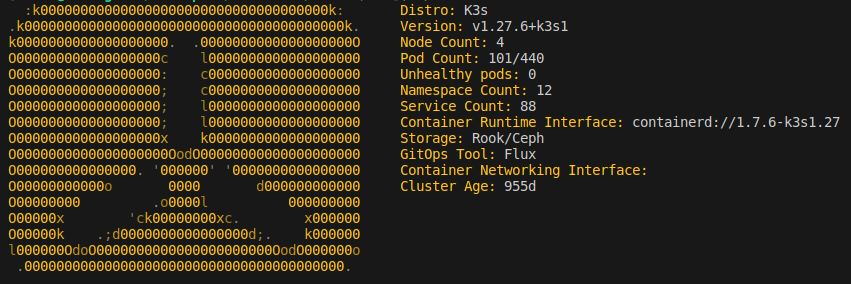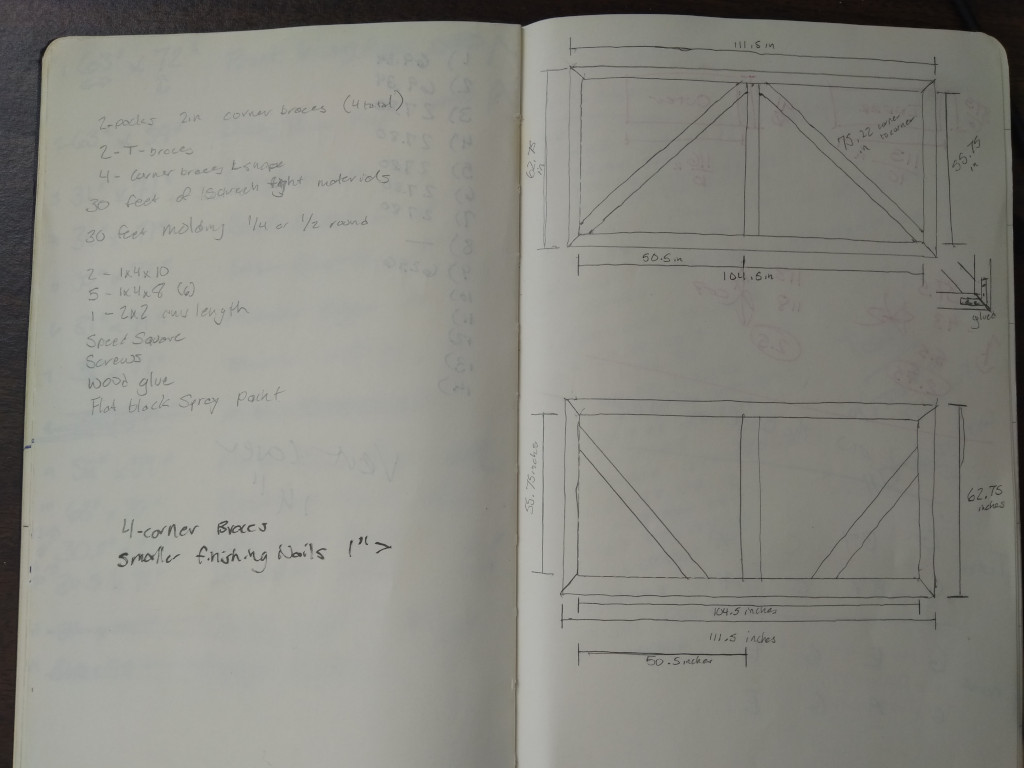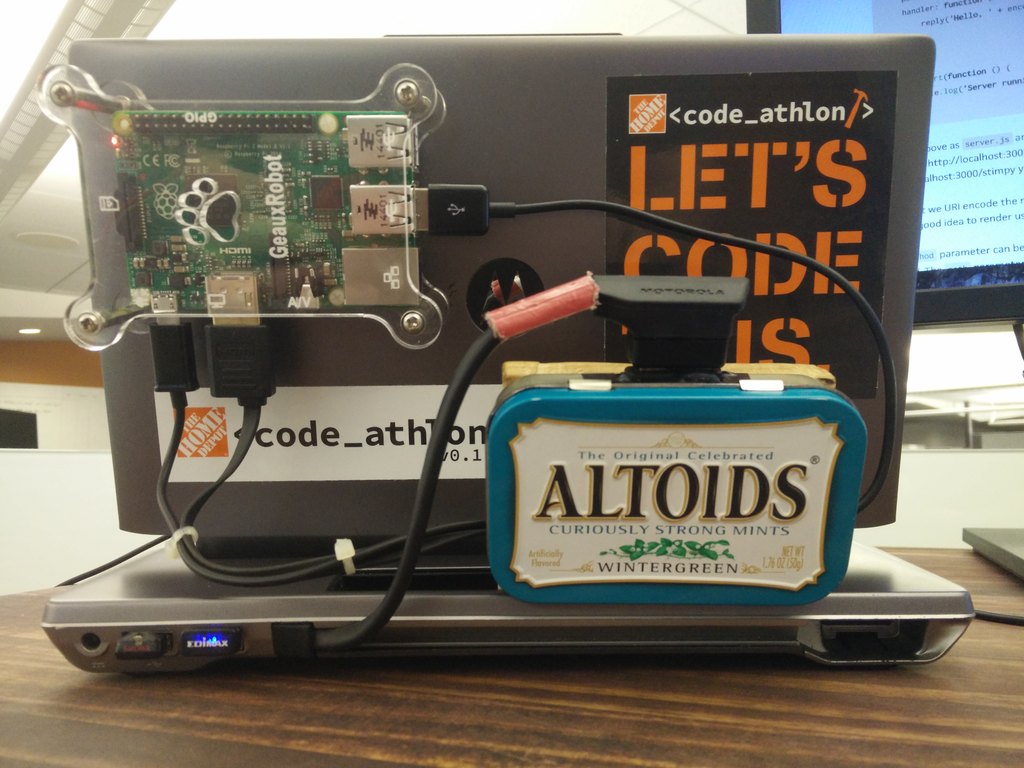Kubernetes: Building the New Cluster

I am just a little slow at writing blog posts, but you know, thats alright. As I am sure you can tell from the image above, the cluster has been running in the new configuration for a few months at this point and besides some non-hardware specific issues, it has been a good transition. My server rack is a good bit quieter since being able to shut down the old HP server and probably running on a few less watts as well. While I did lose my cluster age counter being over 950 days in the process, the cluster is still the exact same one I started with as each component has been replaced Ship of Theseus style in the process.


